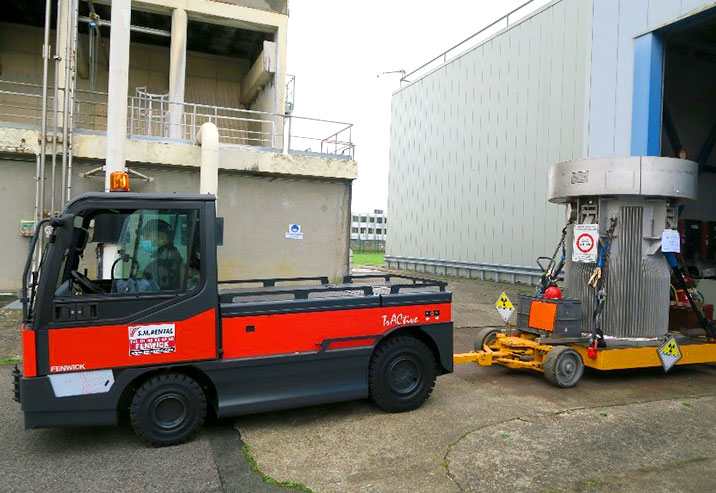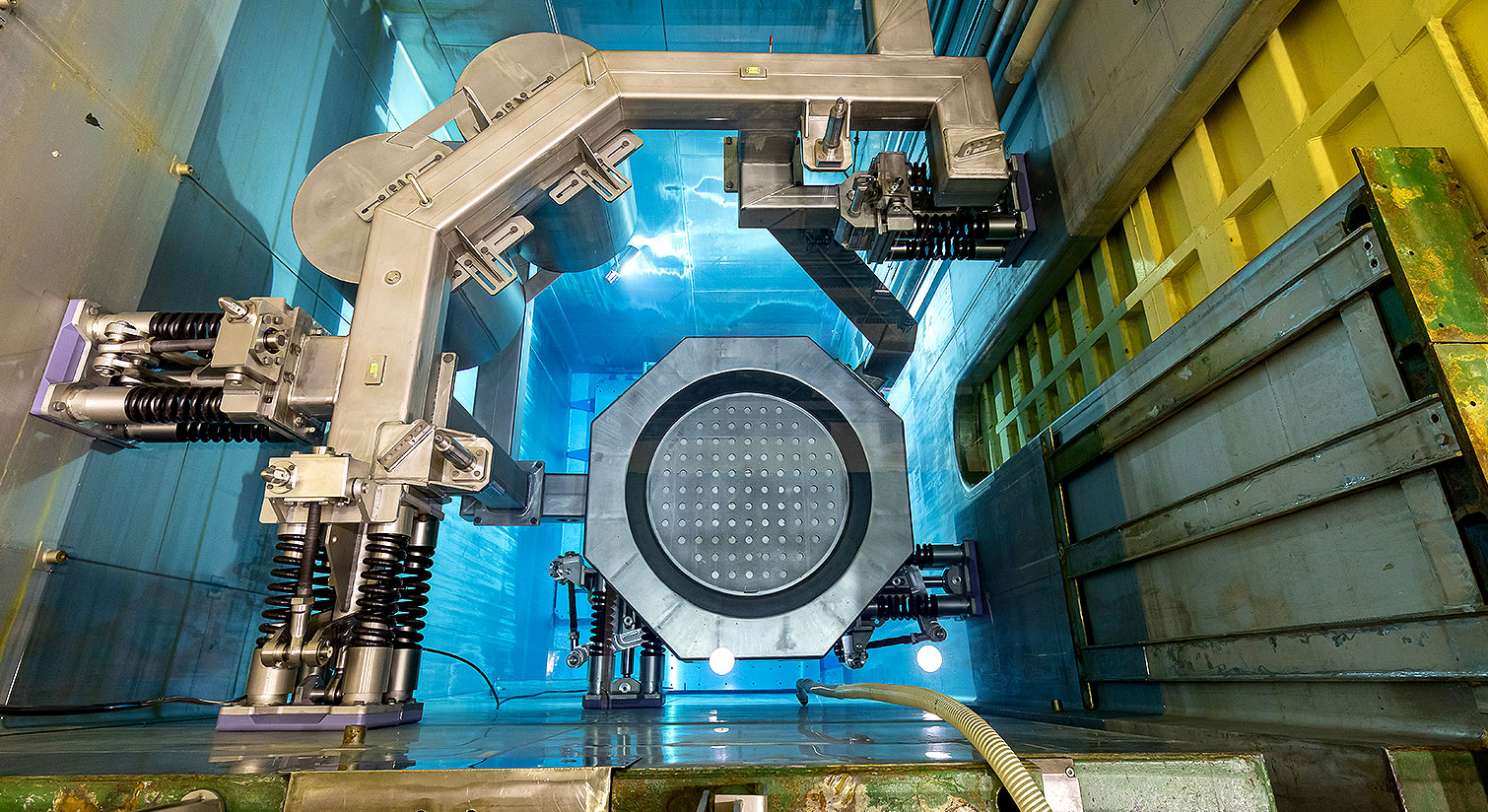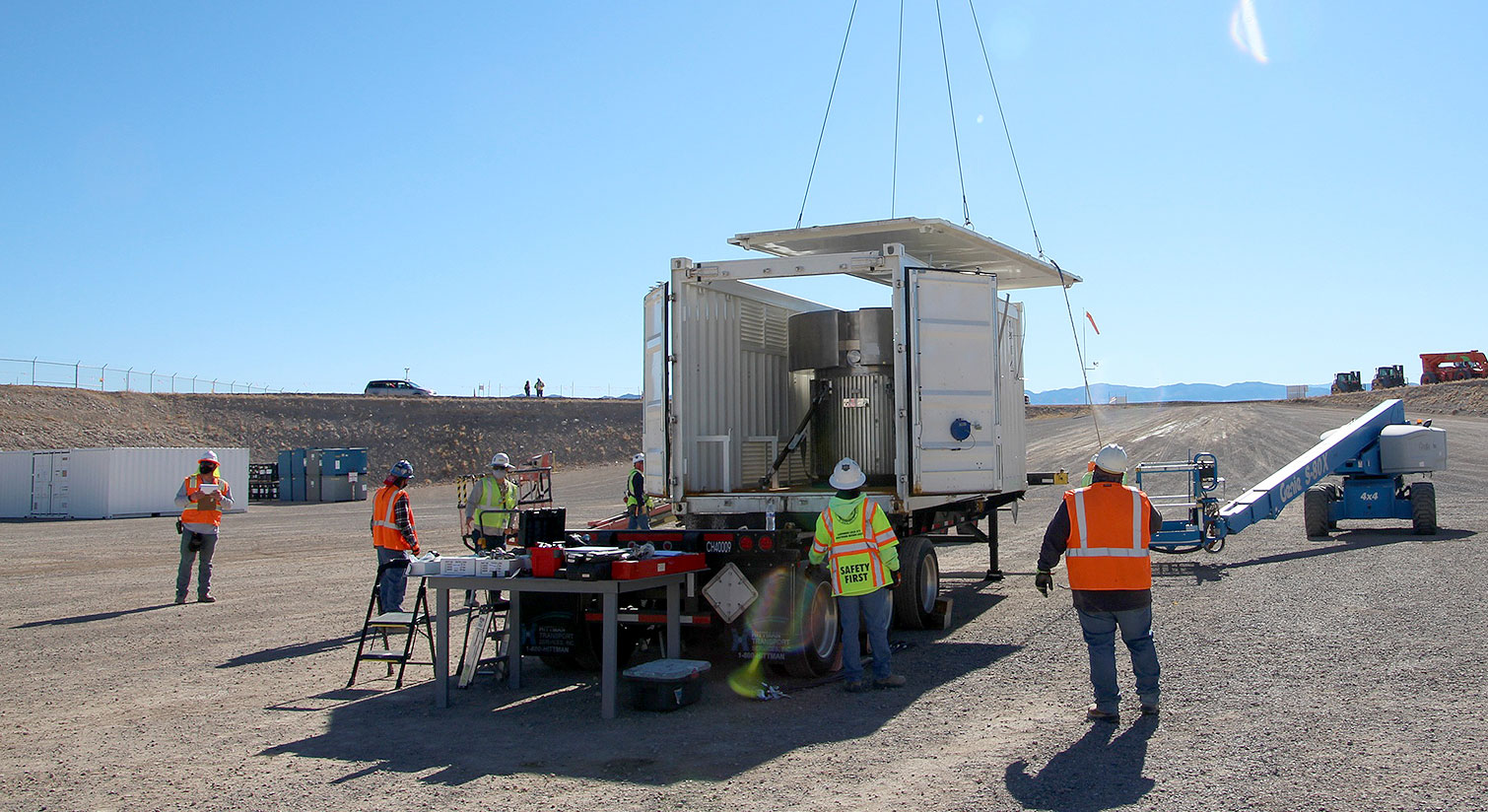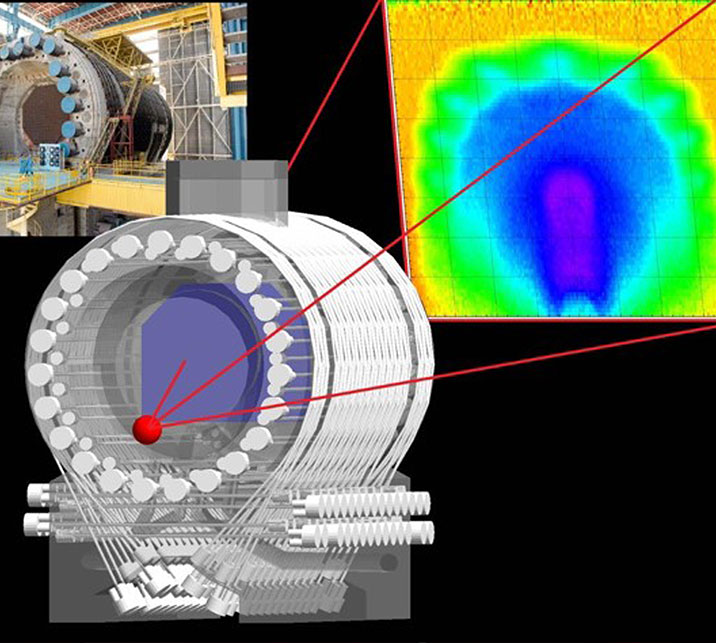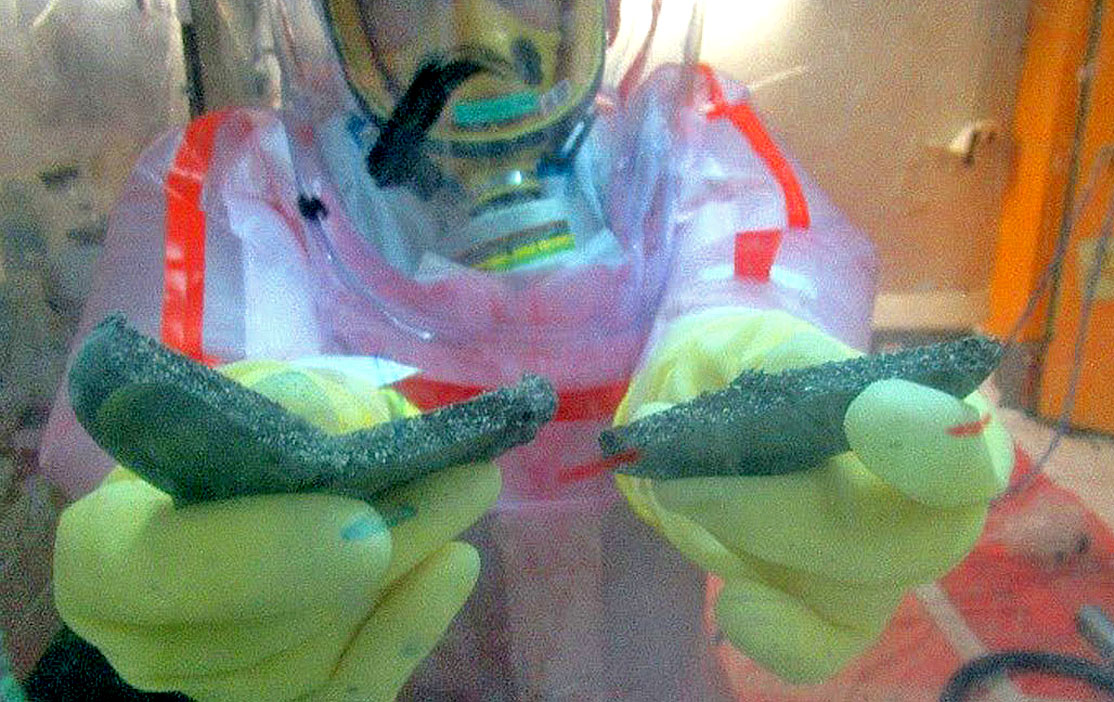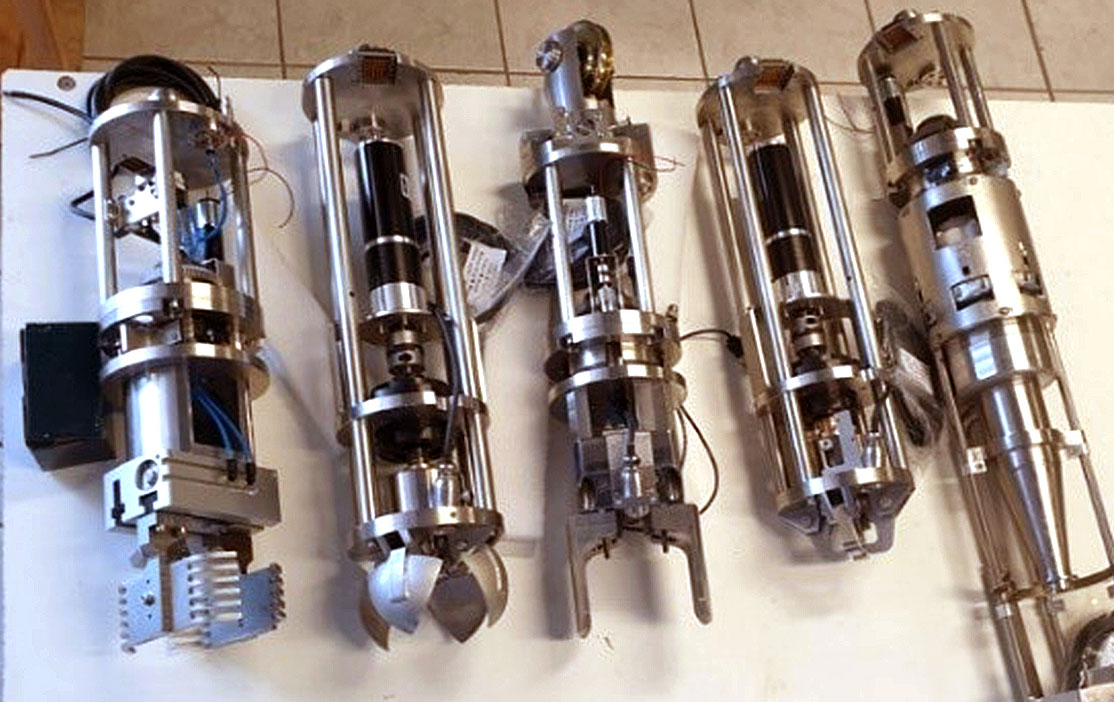As both a nuclear operator and an R&D organisation, the CEA is required to dismantle a wide variety of facilities, some of which are very old. As each dismantling project is highly specific, the CEA has gained unique experience over the years in project ownership and in the methodologies and expertise required to complete such projects.
Dismantling and waste management - two activities that go hand in hand - are an integral part of the lifetime of any nuclear facility, as much as its design, construction and operational phases. It is very important that the nuclear industry demonstrate its capability to manage the entire life cycle of a nuclear facility. Clean-up & dismantling projects have a significant economic impact: 1) in terms of employment due to the sheer scope and number of operations to perform; 2) thanks to the know-how and technologies required, which can sometimes be exploited in other sectors; and 3) because the number of clean-up & dismantling projects is set to grow exponentially in France and overseas. Encompassing a broad range of professions, stakeholders, projects and fields of activity, the clean-up & dismantling market boasts an extremely rich business ecosystem composed of technical start-ups, SMEs and large groups.
Currently with 36 nuclear facilities in the process of being dismantled, mobilising more than 1,200 staff and generating around 2,500 jobs, the CEA is a key player not only in clean-up & dismantling but also waste management. Several CEA centres are concerned by such projects, with Marcoule currently being one of the largest clean-up and dismantling sites in Europe. In line with a general clean-up & dismantling strategy validated by the French safety authorities in 2019 and updated in 2020, the CEA is leading dismantling projects and R&D programmes in parallel to guarantee safer, higher-performance and cost-effective
As both a nuclear operator and an R&D organisation, the CEA must dismantle a large variety of facilities, some of which date back to the fifties: different types of reactor technologies, hot laboratories, fuel cycle facilities, waste treatment plants, and interim storage facilities. Each dismantling project is specific, which allows the CEA to consolidate its expertise in all the operations involved in dismantling, whether project management, methodologies or skills.
Though some clean-up & dismantling projects rely on standard techniques that have been adapted to a nuclear environment, others often require developing breakthrough tools and techniques that contrast with conventional approaches. For the same reasons, the CEA also carries out short- and long-term R&D programmes with the objective to optimise costs, shorten the lengths of operations and improve working conditions on dismantling sites.
Whether it is improving working conditions in hostile environments or better characterising waste, a host of innovations have been developed and tested by the CEA, often in partnership with the industry, but also with the support of cross-disciplinary teams from different operational divisions, i.e.: remotely operated robotics, virtual reality, decontamination processes, ultra-sensitive measurement devices, etc. Some can then be applied in other industrial sectors in France.
Clean-up and dismantling
includes all the operations performed once a nuclear facility has been shut down definitively and right up to its classification downgrade. This entire process is carried out in collaboration with the civil and defence nuclear safety authorities (ASN and ASND respectively). Operations include the removal of equipment, clean-up of rooms and floors, demolition of engineered structures, treatment & conditioning of waste, and waste transfer to a disposal site. Every year, the CEA transfers about 10,000 m3 of waste to Andra disposal facilities, 80% of which is very-low-level waste (VLLW) while the remaining 20% is low- and intermediate-level waste (LILW). The most radioactive waste is conditioned and stored onsite at the CEA in suitable facilities pending the commissioning of a suitable repository. In parallel, research is investigating ways to reduce waste volumes, to optimise the choice of waste outlet for each waste type, and to define future disposal facilities. Last of all, the CEA works on the design, manufacturing and reproduction of transport casts, maintaining this fleet of casks in good condition, and dismantling them at the end of their service life.
